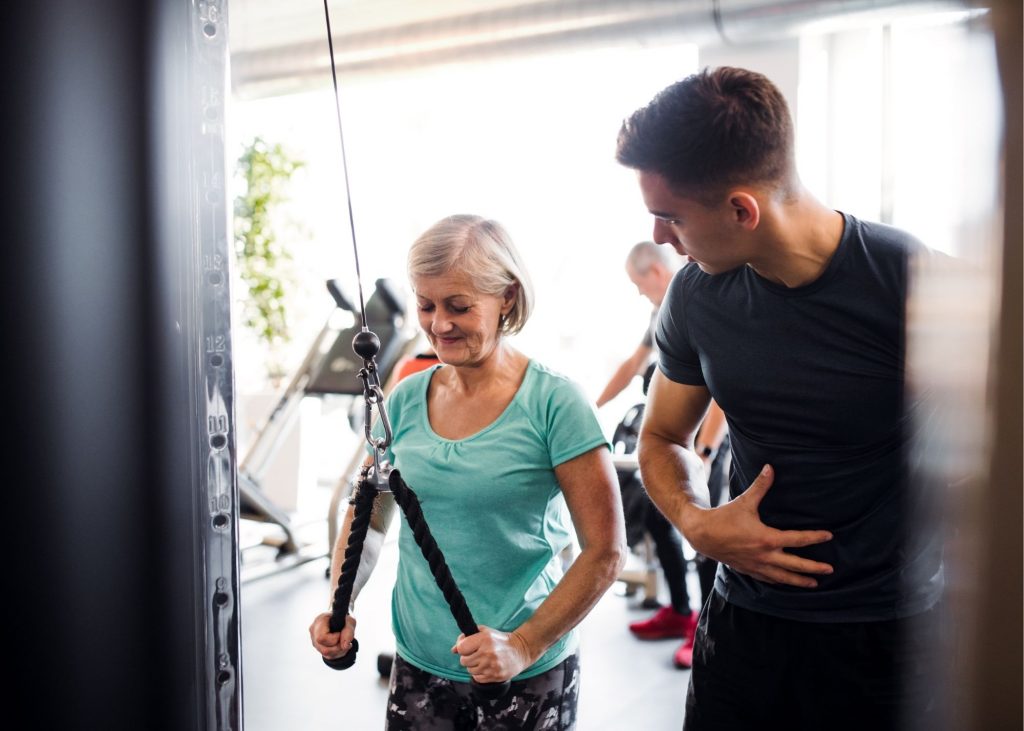
Overview
. Packed with nutrients
. Experts recommend eating fish two to three times a week
. Limit eating fish that are high in Mercury such as swordfish and marlin
. Anti-inflammatory affect and reduced risk of heart disease
Eating fish brings multiple benefits
Fish has long been considered good for both the heart and the brain but is also valuable in the fight against arthritis. It’s high protein and packed with nutrients such as Vitamin D, B2 and Omega 3 fatty acids. Dieticians and nutritionists recommend eating fish two to three times a week as does the Australian heart foundation.
Studies have shown that it provides benefits in the fight against Alzheimer’s Disease and depression as well as helping to lower cholesterol. Webmd goes through all of the health benefits of eating fish including ‘the growth of healthy red blood cells, DNA reproduction, and nerve function.’ It should also be part of your armoury in the battle against arthritis and today we look at how it can be beneficial to both your heart and joints.
But the first thing to note is that there is a sliding scale in terms of which fish provide the most nutritional value. There are certain fish that are best to avoid. As a general rule, try and steer clear of fish that are heavy in mercury such as shark, swordfish and marlin. Mercury is a metallic substance that often attaches itself to fish and can cause long term health issues down the road. Healthline gives you their list of best fish to eat.
What the experts recommend
- High fish intake is associated with reduced risk of heart disease
- Fish that are high in Omega 3 fatty acids are highly regarded
Fish that are high in Omega 3 fatty acids are the choice of the experts. These include Salmon, Mackerel and Herring. If you actively look to incorporate these types of fish into your diet you are on the right path. They are rich in calcium and protein and help to lower blood pressure and reduce the risk of blood clotting.
The Australian Heart Foundation ‘recommends all Australians should aim to include 2–3 serves of fish per week’ as part of a heart-healthy diet. They go on to say that ‘because our bodies cannot produce omega-3s we need to source them through our diet. The scientific evidence supports fish as the best dietary source of omega3s and found higher fish intake was consistently associated with lower rates of heart disease (heart failure and sudden cardiac death) and stroke.’
However, this study suggests that different types of fish provide different value: ‘Modest consumption of tuna or other broiled or baked fish, but not fried fish or fish sandwiches, is associated with lower risk of IHD death…..Cardiac benefits of fish consumption may vary depending on the type of fish meal consumed.’
The full list of fish that the Heart Foundation recommends are as follows:
‘Fish with the highest levels of omega-3 include salmon, blue-eye trevalla, blue mackerel, herring, canned sardines, canned salmon and some varieties of canned tuna. Other good sources of marine-sourced omega-3s include barramundi, bream, flathead, squid, scallops and mussels.’
Anti-inflammatory affect
The secondary benefit obviously relates to the issue of arthritis and how to best manage the ailment. As this study states: ‘Omega-3 fatty acids have been shown to reduce morning stiffness, the number of tender joints and swollen joints in patients with rheumatoid arthritis.’
But it takes time before you see the full benefits of the program. They say: ‘In our study, a significant improvement was seen at the end of the twelfth week in 7 clinical variables.’
In addition, the Arthritis Foundation states:
‘Research finds that people who regularly eat fish high in omega-3s are less likely to develop rheumatoid arthritis (RA). And in those who already have the disease, marine omega-3s may help reduce joint swelling and pain.
The anti-inflammatory effects from omega-3s are helpful not just for relieving arthritis, but also for preventing other diseases linked to inflammation, such as heart disease.’
Healthline also make the point that fish are a great source of Vitamin D, a nutrient research has concluded that arthritis sufferers are often deficient in. Healthdirect points out that both salmon and herring are high in Vitamin D.
The correlation between heart health and arthritis
- Exercise and diet are mutually beneficial
- There is a flow-on affect when you look at the big picture
And that’s an important point to note that these two ailments often go together. Your heart relies on exercise and blood circulation but arthritis often prevents people from engaging in any form of physical activity because of the pain and discomfort involved. The arthritis foundation states that ‘these conditions are closely linked and often coexist.’
So you have to look at the big picture. Exercise is important, as is diet, but they often go together. If you can get your diet right that may help with your arthritis which may lead to becoming more mobile down the road which will naturally help your heart because exercise is such a big part of heart health. There may well be a flow-on affect. As the sum of all parts, eating fish regularly is certainly a great start because it’s highly beneficial to both the heart and the joints.
But this is obviously only a small piece of the puzzle and if you want to take a more holistic approach you will need to think about developing a thorough muscle strength program and enacting some lifestyle changes which can help you to manage arthritis. For more information, feel free to read our articles on the importance of muscle strength for seniors and how to manage arthritis.
The best way to cook and prepare fish
And the final point we will look at is the best way to prepare fish and how you can incorporate it into your diet. Shape.com have given a list of healthy fish recipes that includes Brazilian fish stew, Roasted Chili Lime Cod and Baked sole fillet. Fish soup is another popular choice that is relatively easy to prepare, and if you are looking for a healthy side dish thespruceeats lists asparagus and kale, which can help with cholesterol, blood pressure and weight loss, as among the options.
In terms of how to prepare it, healthline, livestrong and verywellfit have all listed their healthiest ways to prepare fish with baking, grilling and poaching the popular choices. The heart foundation advises against frying fish because it ‘can destroy omega-3s. Further, deep fried fish is also often cooked in unhealthy fats and will not provide heart health benefits.’
References
Webmd: Health benefits of fish
Fish: Health Benefits, Nutrients per Serving, Preparation Information, and More (webmd.com)
Healthline: 12 best types of fish to eat
Best Fish to Eat: 12 Healthiest Options (healthline.com)
The Heart Foundation: Fish and omega-3: Questions and answers
NCBI: Cardiac benefits of fish consumption may depend on the type of fish and meal consumed: the cardiovascular health study
https://pubmed.ncbi.nlm.nih.gov/12642356/
NCBI: The effect of Omega 3 fatty acids in patients with active rheumatoid arthritis receiving DMARD’s therapy: Double blind randomized control trial
https://www.ncbi.nlm.nih.gov/pmc/articles/PMC4965662/
Arthritis Foundation: Best Fish for Arthritis
Healthline: The 10 best foods to eat if you have arthritis
https://www.healthline.com/nutrition/10-foods-for-arthritis
Healthdirect.gov.au: Foods high in Vitamin D
https://www.healthdirect.gov.au/foods-high-in-vitamin-d
Shape.com: Healthy fish recipes for easy, everyday meals
https://www.shape.com/healthy-eating/healthy-recipes/healthy-fish-recipes
Healthline: What is the healthiest way to cook fish?
What Is the Healthiest Way to Cook Fish? (healthline.com)
Livestrong: Healthiest way to cook fish
https://www.livestrong.com/article/409402-healthiest-ways-to-cook-fish/
Verywellfit: 6 healthy ways to cook fish
https://www.verywellfit.com/healthy-ways-to-cook-fish-2507026
The Spruce Eats: 15 Delicious Side Dishes for Fish
https://www.thespruceeats.com/best-side-dishes-for-fish-4776648


















